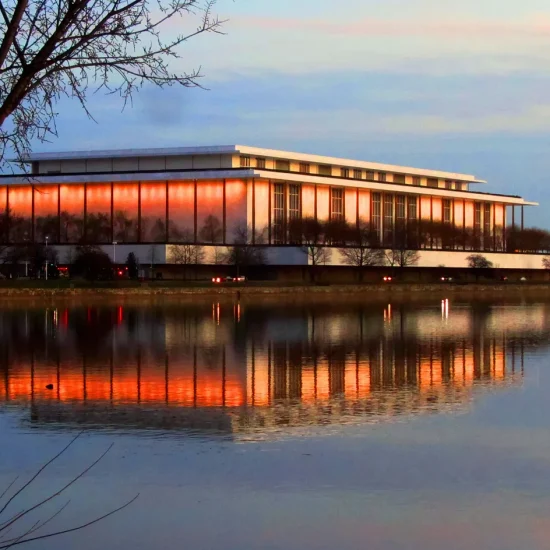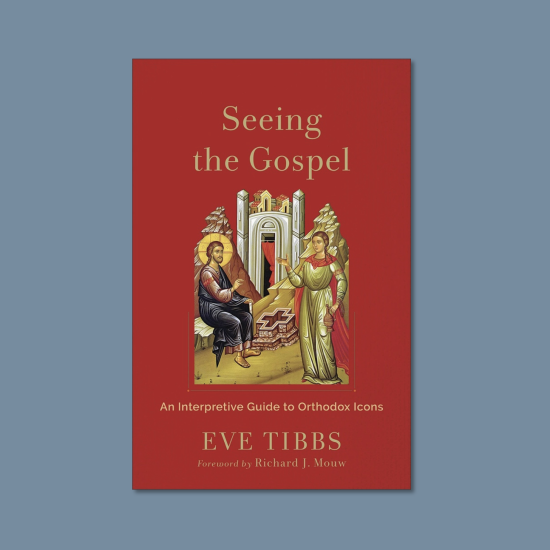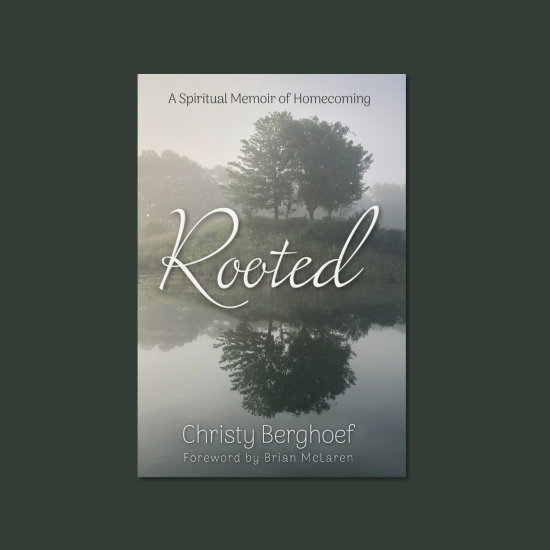GRAND RAPIDS, Mich. (RNS) — A pulpit is often regarded as a sacred and in many ways exclusive space. Most religions allow only the ordained to speak to congregants from this place. Ordinary voices seldom have access to the power of the pulpit.
Steve Norman wants to change that.
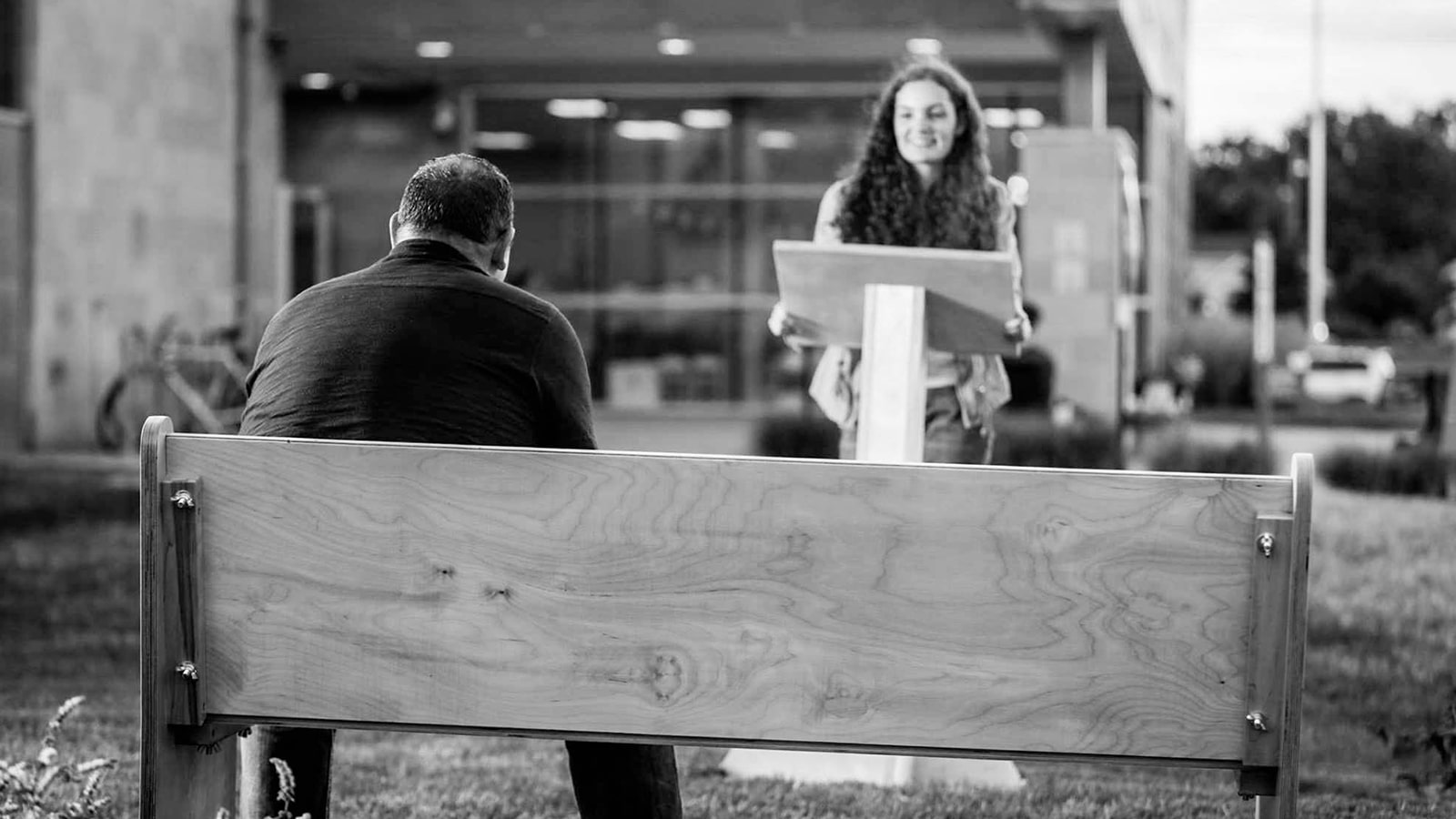 Steve Norman, seated, created “The Preachers” art exhibit for the ArtPrize 2018 festival in Grand Rapids, Mich. Photo courtesy of ArtPrize“What I’m trying to do is challenge that whole idea that you have to be credentialed or you have to be doctrinally verified to speak,” said Norman, a teaching pastor at Central Wesleyan Church in nearby Holland, Mich.
Steve Norman, seated, created “The Preachers” art exhibit for the ArtPrize 2018 festival in Grand Rapids, Mich. Photo courtesy of ArtPrize“What I’m trying to do is challenge that whole idea that you have to be credentialed or you have to be doctrinally verified to speak,” said Norman, a teaching pastor at Central Wesleyan Church in nearby Holland, Mich.
“Even as I say that, I want to be careful because I do know that in actual churches and formal liturgical settings, it’s the responsibility of leadership to provide a filter and a grid for those voices, but even so – should there be other spaces where people who might not fit that grid can practice exercising their voices?”
Norman has created a space like that with “The Preachers,” a kind of performance art piece in which passers-by are encouraged to step into a pulpit and preach for up to five minutes.
It’s featured at this year’s ArtPrize, a 10-year-old juried competition that brings thousands to view painting, sculpture and installations displayed around Grand Rapids. The international show has awarded $4.1 million to artists since 2009.
Norman entered “The Preachers” in ArtPrize’s time-based category, which includes experiential and interactive artwork. Last year’s juried winner was a community meal that brought together more than 250 people at a 300-foot-long table. Norman, attending ArtPrize for the first time, was inspired by the way the exhibit presented moments of casual dialogue as a form of art.
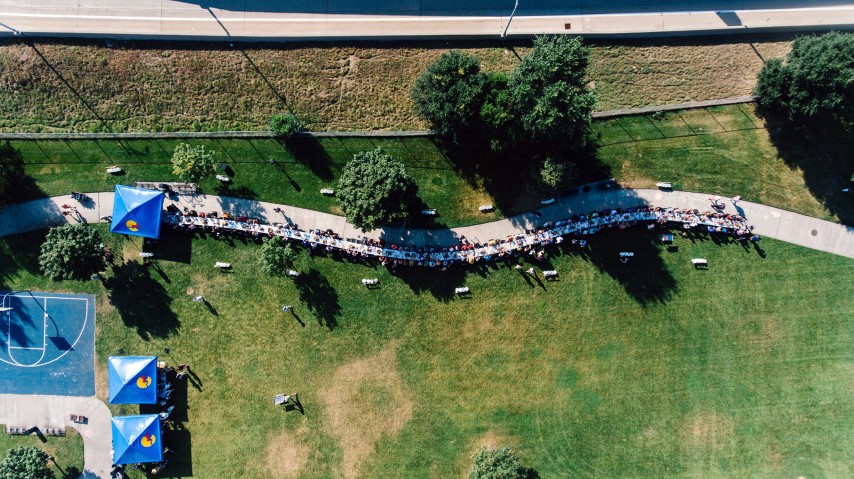 “The HeARTside Community Meal” by Seitu Jones, which featured a long table and meal in a park, won the ArtPrize 2017 Jurors’ Grand Prize. Photo courtesy of ArtPrize“Art is broader than I like to think that it is because I’m not a visual artist, and at the same time, preaching – using words as a craft – is an art form,” Norman said.
“The HeARTside Community Meal” by Seitu Jones, which featured a long table and meal in a park, won the ArtPrize 2017 Jurors’ Grand Prize. Photo courtesy of ArtPrize“Art is broader than I like to think that it is because I’m not a visual artist, and at the same time, preaching – using words as a craft – is an art form,” Norman said.
In “The Preachers,” however, Norman stays out of the pulpit. Instead, he sits in a pew opposite a plain wooden lectern set up outside of the YMCA of Greater Grand Rapids to listen to the “preachers” who take him up on his premise. In return, he says, they offer stories, insights, grievances and dreams.
Some of the inspiration for “The Preachers” came to Norman while he was sitting in on another church’s service and found himself critiquing the pastor’s preaching style.
“I just had this sense that I had been speaking for so long and thinking about the different angles and the forms and the styles of preaching for so long that I had stopped listening well,” Norman said.
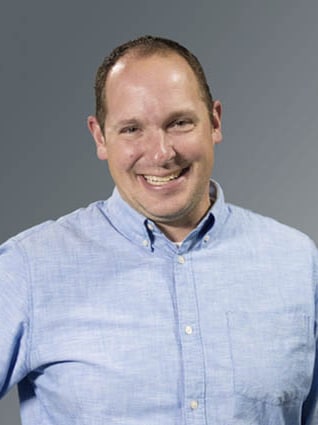 Steve Norman. Photo courtesy of Central Wesleyan“The Preachers” gives Norman the chance to correct his own habits of listening. He established a rule for himself that he could only respond during messages with expressions such as “thank you” and “amen.” Only before or after the impromptu sermons does he engage more deeply with their ideas.
Steve Norman. Photo courtesy of Central Wesleyan“The Preachers” gives Norman the chance to correct his own habits of listening. He established a rule for himself that he could only respond during messages with expressions such as “thank you” and “amen.” Only before or after the impromptu sermons does he engage more deeply with their ideas.
Deciding to experiment with “The Preachers” also prompted Norman to engage with silence — one of the risks of the piece was the possibility that no one would show up.
“A friend of mine who’s an artist said, ‘Something is still happening in that space, even if it’s silence,’” said Norman.
Whether or not people approach the pulpit is something that Norman believes is largely a matter of comfort. Some participants have told him that it doesn’t feel right to step into that spot, and he wants to know why.
“If people don’t step into that form, or they don’t feel comfortable and do feel intimidated, what does that mean? Does it mean that we haven’t encouraged people to express their voice, or that that form is so alien that people wouldn’t think to step into it?” Norman said. “And some people are saying, ‘Well, I’m not qualified’ or ‘I don’t have anything to say.’
“It’s fun to play with both of those paradigms in this conversation, and to be able to say that a good preacher can come from anywhere,” he said.
Yes, but is it art? As Norman talks about yielding the pulpit, he explains his experience in unmistakable artistic terms.
“There are parts of the art that have been cathartic, like the guy who was celebrating 23 years sober. And then in other parts it’s been empowering, like for the guy who drove up from Ohio to speak his piece to whatever audience that was watching him,” Norman said.
“But it’s been a gift to me, and I can say unequivocally that it was worth it.”

